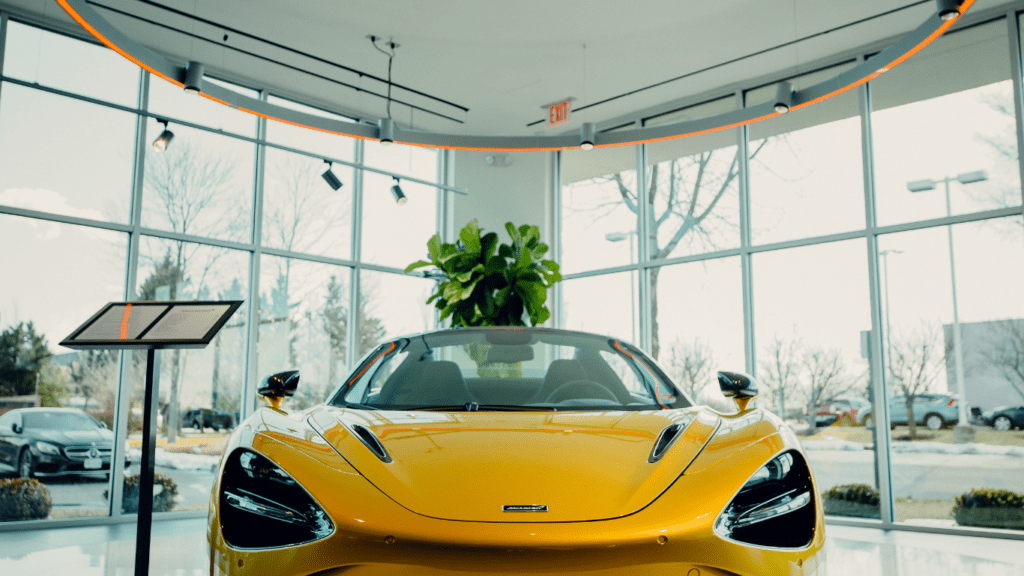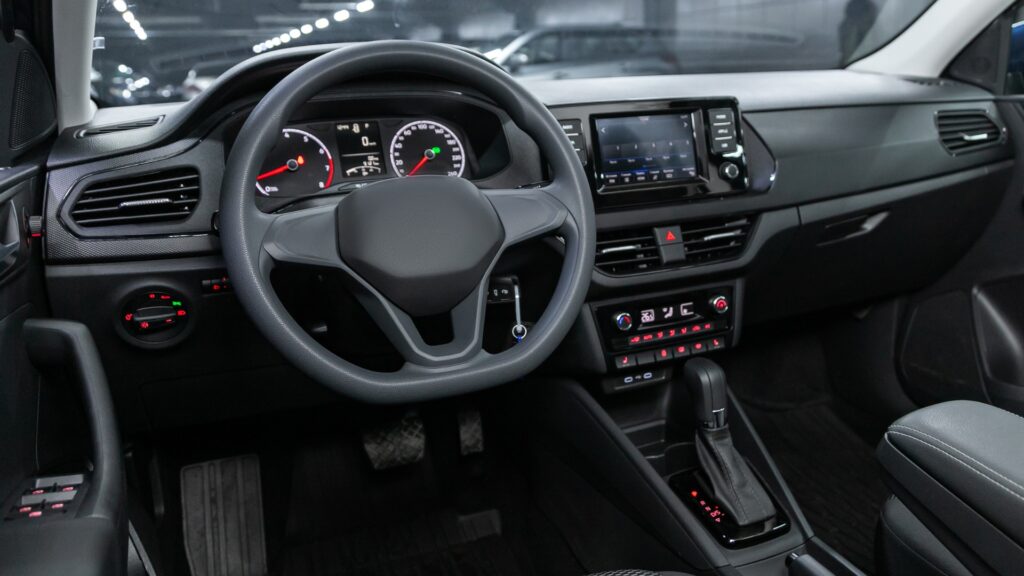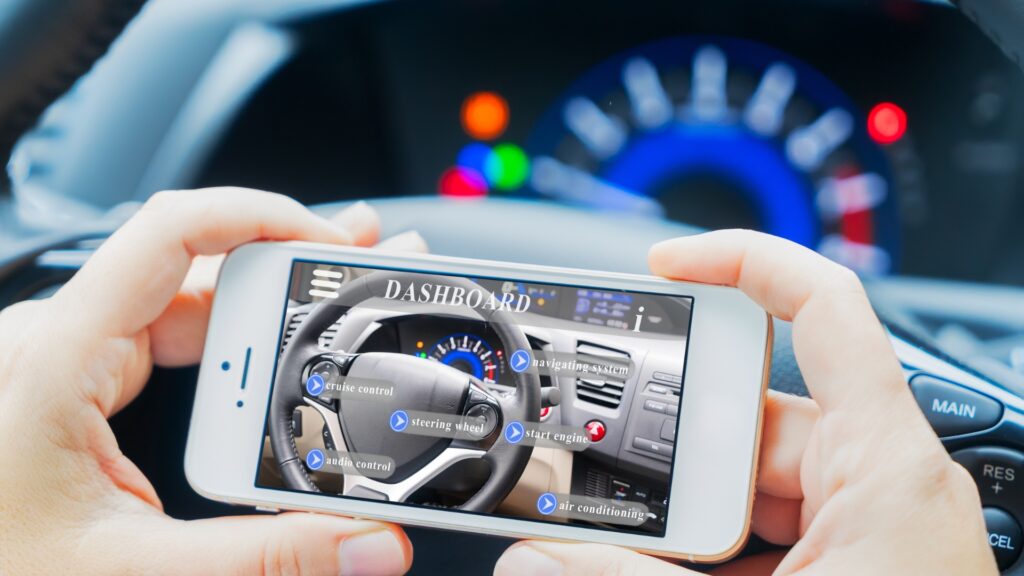As a tech enthusiast, I’ve always been fascinated by the evolution of car displays. Imagine driving down the road with vital information seamlessly integrated into your windshield, enhancing your driving experience. Augmented Reality Dashboards are revolutionizing how we interact with our vehicles, taking car displays to a whole new level.
With Augmented Reality Dashboards, drivers can access real-time data like navigation, speed, and safety alerts without taking their eyes off the road. This innovative technology not only improves safety but also provides a futuristic feel to the driving experience. As we delve into the realm of smart vehicles, Augmented Reality Dashboards stand out as the next frontier in car displays, promising a blend of information and entertainment right in front of our eyes.
Evolution of Car Displays
I’ve been observing the shift in car displays over the years, and it’s fascinating to see how technology has transformed them. From Analog to Digital Dashboards, there has been a significant evolution in how information is presented to drivers.
From Analog to Digital Dashboards
I’ve noticed a clear progression from the traditional analog dials and gauges to the sleek and advanced digital displays we see in modern vehicles. The transition to digital dashboards has enabled a more dynamic presentation of information, offering customizable interfaces and interactive elements that enhance the driving experience.
Rising Popularity of Heads-Up Displays
Heads-Up Displays (HUDs) have been gaining traction in the automotive industry, providing drivers with crucial information projected onto the windshield. This technology allows drivers to access essential data such as speed, navigation, and safety alerts without taking their eyes off the road. The rising popularity of HUDs signifies a growing demand for convenient and safer ways to access information while driving.
What is Augmented Reality (AR) in Car Dashboards?
Augmented Reality (AR) in car dashboards refers to the technology that superimposes digital information, such as navigation directions, speed, and other critical data, onto the driver’s view of the real world. It enhances the driving experience by overlaying relevant information directly in the line of sight, reducing the need for the driver to look away from the road.
Defining Augmented Reality
Augmented Reality (AR) is a technology that blends digital information with the physical environment. In the context of car dashboards, AR enhances the driver’s perception of the real world by displaying relevant information, alerts, and notifications as an overlay on the windshield or specific sections of the dashboard. This integration of virtual elements into the driver’s field of view allows for a more intuitive and engaging way of interacting with the vehicle’s interface.
How AR Integrates with Car Displays
AR integrates with car displays by leveraging sensors, cameras, and advanced software algorithms to interpret the surrounding environment and overlay digital content seamlessly. By utilizing head-up displays (HUDs) or projection technologies, AR can present information like speed limits, upcoming turns, and hazard warnings directly on the windshield, ensuring that drivers have access to crucial data without taking their eyes off the road. This integration not only enhances safety but also provides a more immersive driving experience by merging the virtual and physical worlds.
- Benefits of AR Dashboards
As an expert in car display technology, I understand the numerous advantages that Augmented Reality (AR) dashboards bring to the driving experience. Let’s delve into the specific benefits that AR dashboards offer: - Enhanced Safety Features
Implementing AR technology in car dashboards introduces a new level of safety features for drivers. By overlaying critical information directly onto the driver’s view of the road, AR dashboards help reduce distractions. For instance, essential data such as speed, navigation directions, and upcoming road signs can be seamlessly integrated into the driver’s line of sight, ensuring that they stay focused on the road ahead.
Real-Time Navigation and Traffic Information
One of the key advantages of AR dashboards is their ability to provide real-time navigation and traffic information to drivers. With AR technology, drivers can receive instant updates on the best routes, traffic conditions, and potential hazards without having to look away from the road. By enhancing the driver’s situational awareness, AR dashboards contribute to smoother navigation, improved decision-making, and ultimately, a safer driving experience.
Challenges in Implementing AR Dashboards
Implementing AR dashboards in cars comes with certain challenges that need to be addressed to ensure successful integration and optimal functionality.
Technical Limitations
Incorporating AR technology into car displays presents technical challenges such as ensuring real-time data accuracy, seamless integration with existing vehicle systems, and minimizing latency for instant information updates. These technical constraints require advanced hardware components and sophisticated software algorithms to deliver a seamless AR experience without compromising performance.
Cost and Accessibility Concerns
One of the primary challenges in implementing AR dashboards is the cost associated with developing and integrating such advanced technology into vehicles. The high expenses involved in procuring AR-compatible hardware, designing intuitive user interfaces, and ensuring software compatibility can pose a barrier to widespread adoption. Additionally, ensuring accessibility for users with varying technological proficiency and preferences adds another layer of complexity to the implementation process.
The Future of AR in Automotive Technology
Augmented Reality (AR) is set to revolutionize automotive technology by providing a futuristic way to interact with vehicle information and surroundings. Potential developments and innovations in AR dashboards include enhancing driver assistance systems, integrating augmented navigation features, and creating immersive in-car entertainment experiences. Regulatory and ethical considerations will play a crucial role in ensuring the safe and responsible implementation of AR in automotive technology. Privacy concerns, data security regulations, and guidelines for AR content presentation will need to be addressed to harness the full potential of AR dashboards in the automotive industry.




